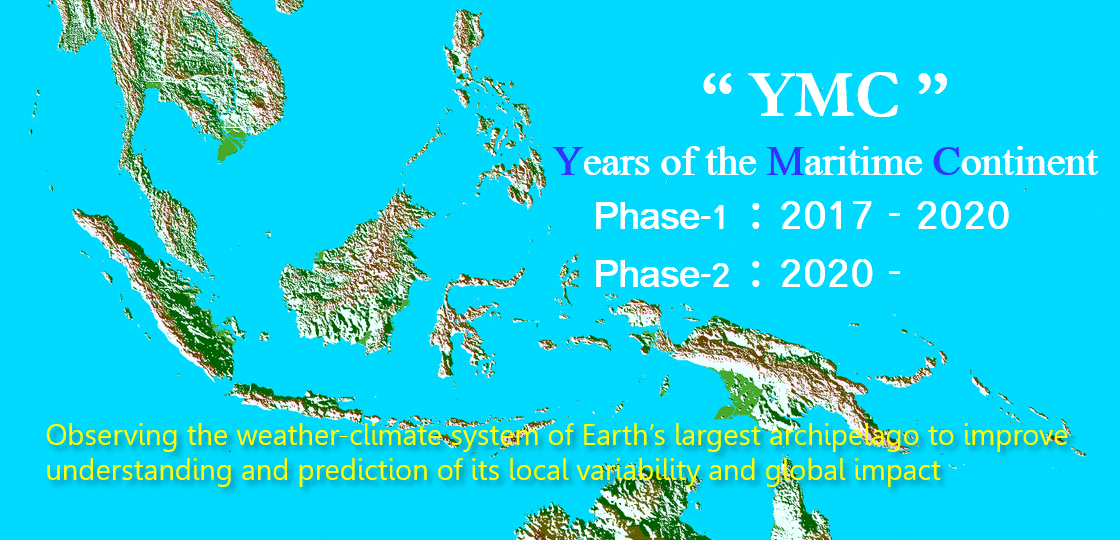|
|
August 16, 2020 : MIRAI
"TRITON Buoy"
One-third of the the R/V Mirai MR20-E01 cruise period has already passed. Today I would like to write about a TRITON bouy which we deployed almost a week ago.
This time we focus on air-sea interaction on the order of 100 km in space to study a relationship between cumulus convective development and ocean surface condition such as sea surface temperatures. For this purpose, while the Mirai keeps her position around 12N, 135E, we are also deploying several observation platforms and instruments around the Mirai. They include TRITON buoy, three wave-gliders (autonomous surface vehicle), and ocean surface drifters. TRITON buoy is originally developed to contribute to the global tropical moored buoy array, known as TAO/TRITON and RAMA array. This time, we use it (strictly speaking, we use its mini-version called m-TRITON) for the one-month measurement.
You can see the top of TRITON buoy or float in the first photo, that was taken when we deployed. Various surface meteorological sensors are mounted on this float to measure heat flux and momentum transfer through the ocean surface. This float is connected with long ropes, where many instruments which measure oceanic temperature, salinity, and depth are equipped from the surface to 500 m depth. This time, we have attached many instruments (5 m interval from the surface to 70 m depth), which is much denser than that by standard TRITON configuration. This TRITION buoy is anchored at the 5000 m depth.
You can see (I know it is difficult to see due to small size) those float, ropes, instruments, and anchor in the second photo, which was taken just prior to the start of deployment.
As you can see in this photo, many people are engaged in deploying of the TRITON buoy. It usually takes more than a half day for the deployment operation. I believe we can surely obtain high-quality data with this TRITON buoy. We are proud of our over 20-year experience of mooring observations done by skillful marine technicians as well as ship crew. Although at first I thought it was tough to keep good condition to measure atmospheric and oceanic condition for one month, now I realize that it must be easy for him (or her?), because it is originally designed to measure over one year against rough sea condition.
I am excited to see what data he will collect during the coming one month.
by M. K. (edited at J-Office for English ver.)

